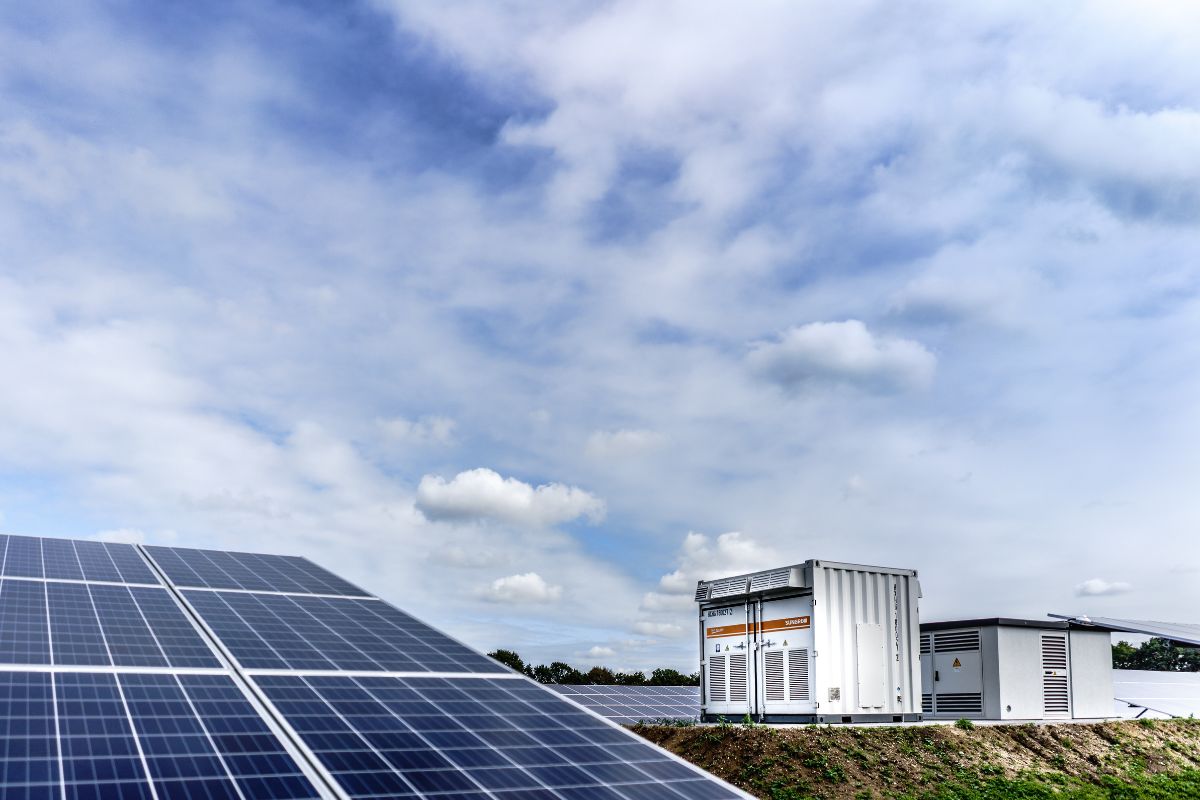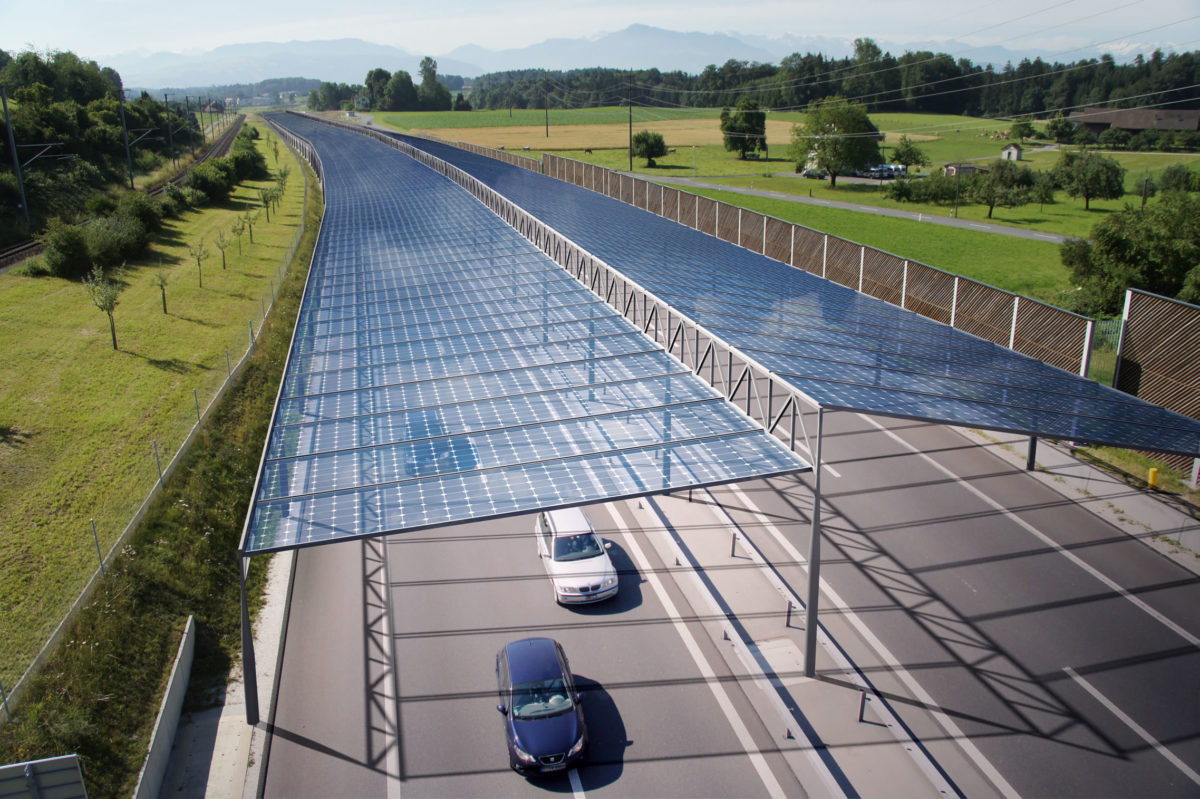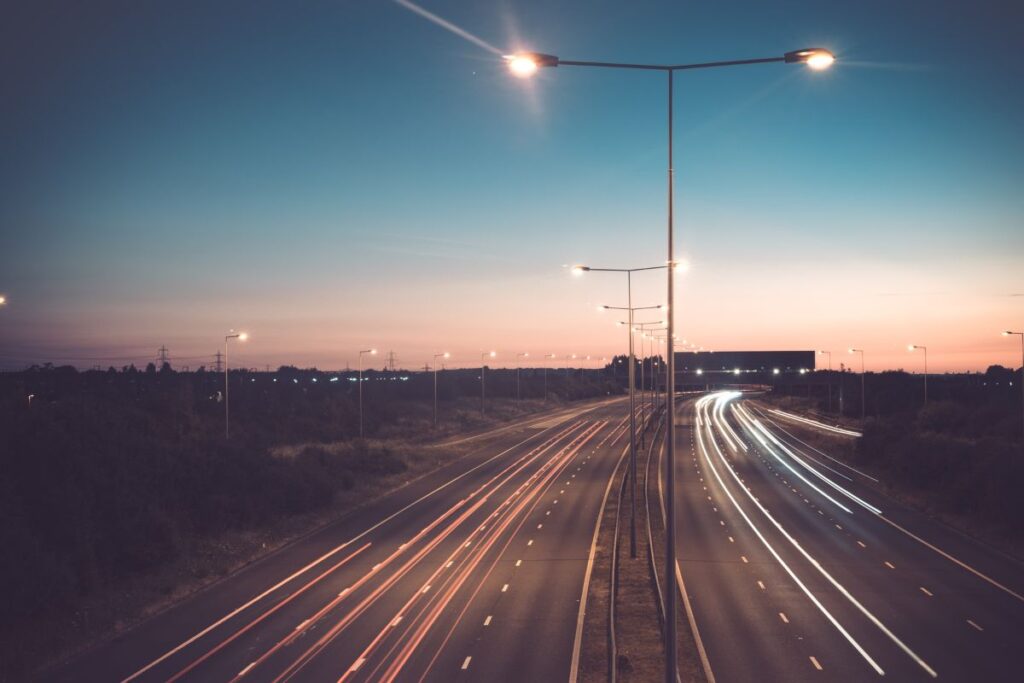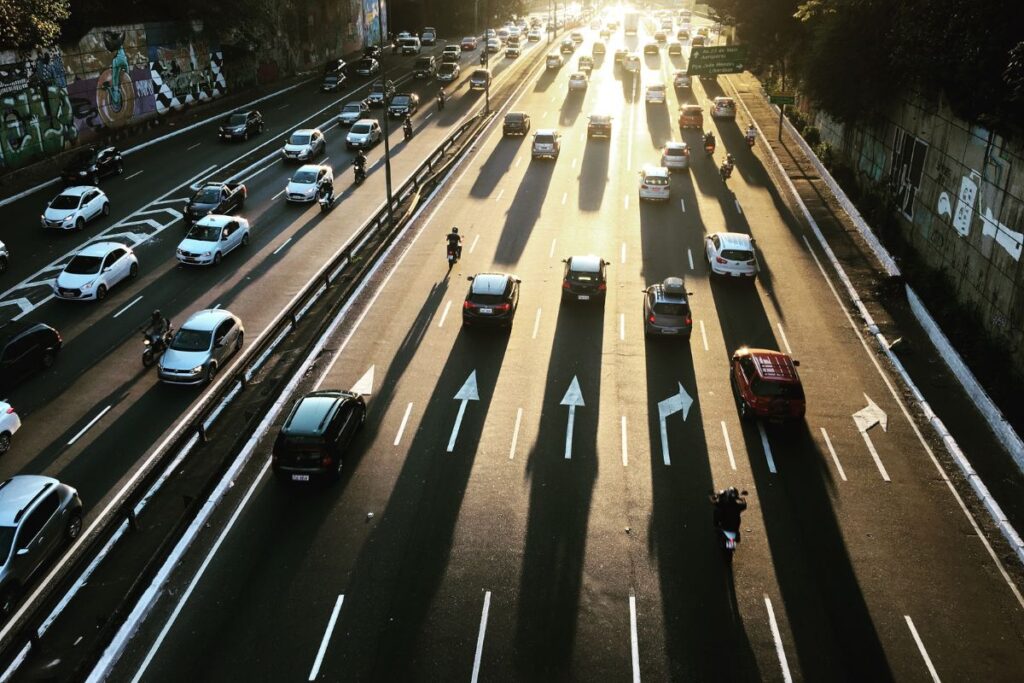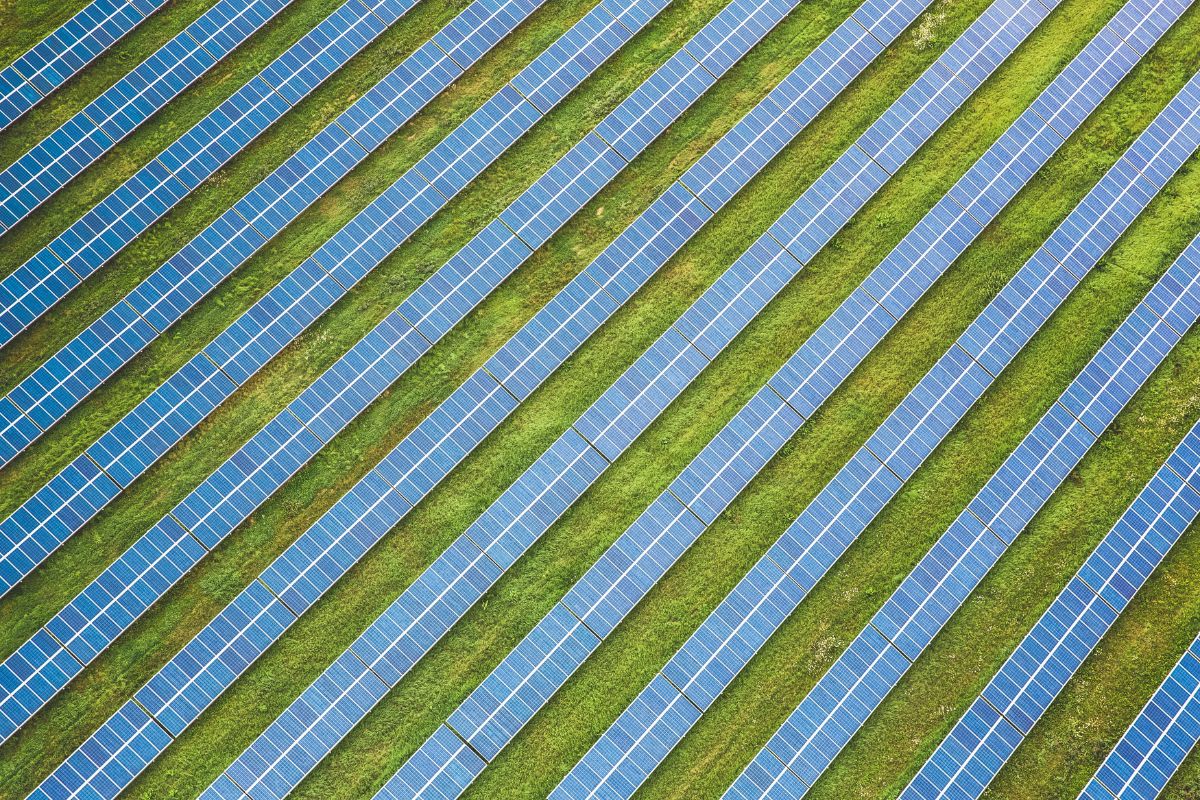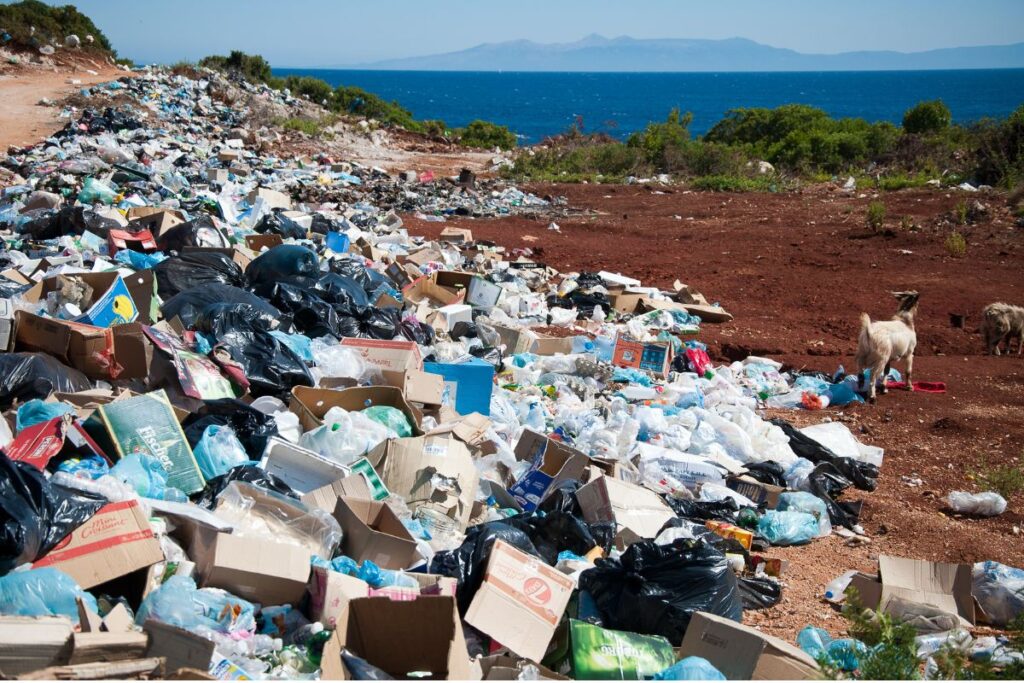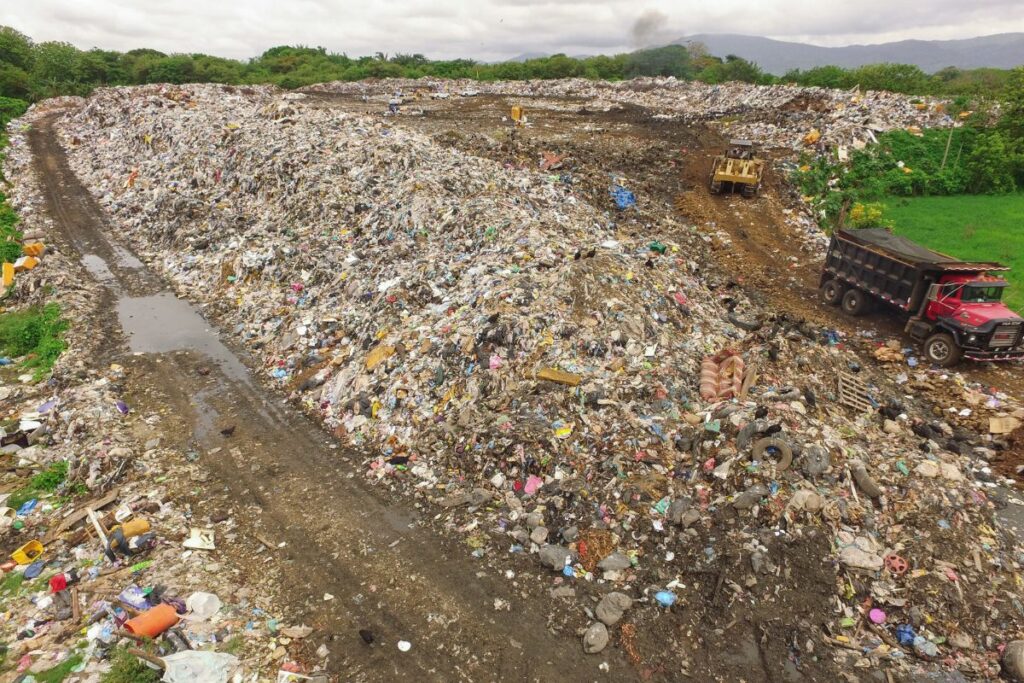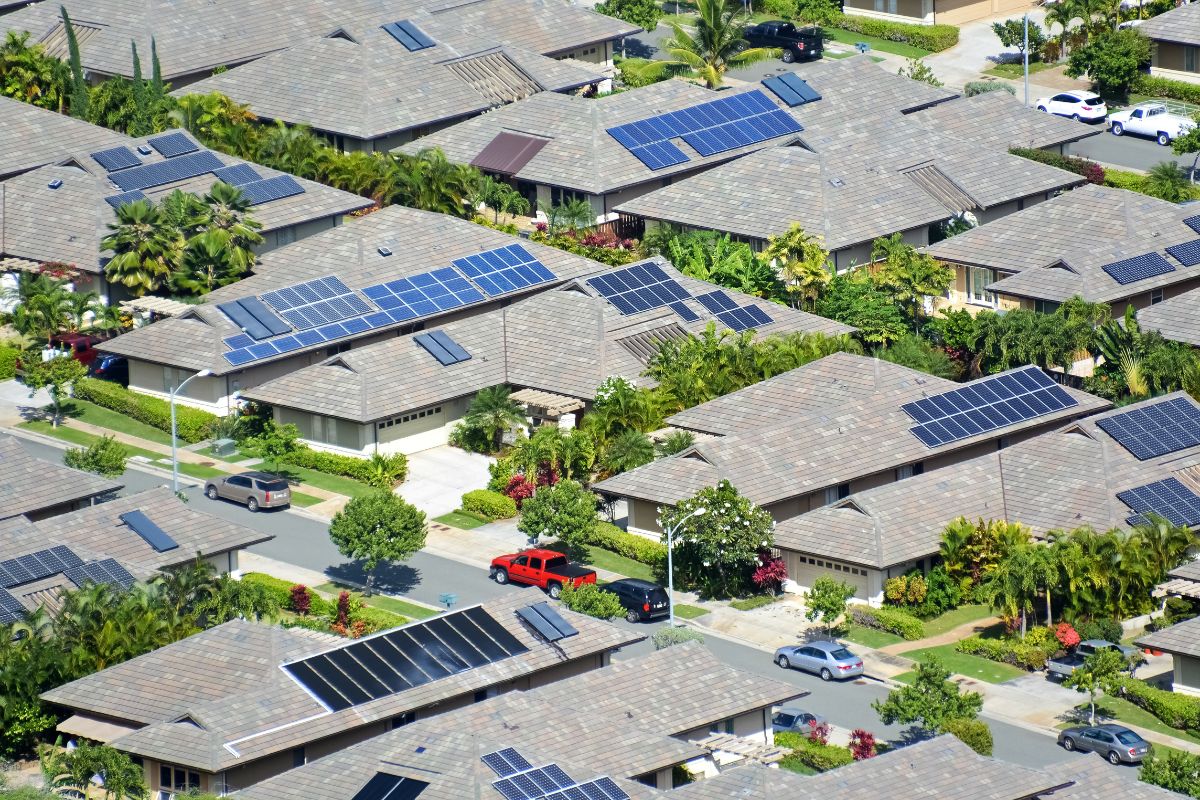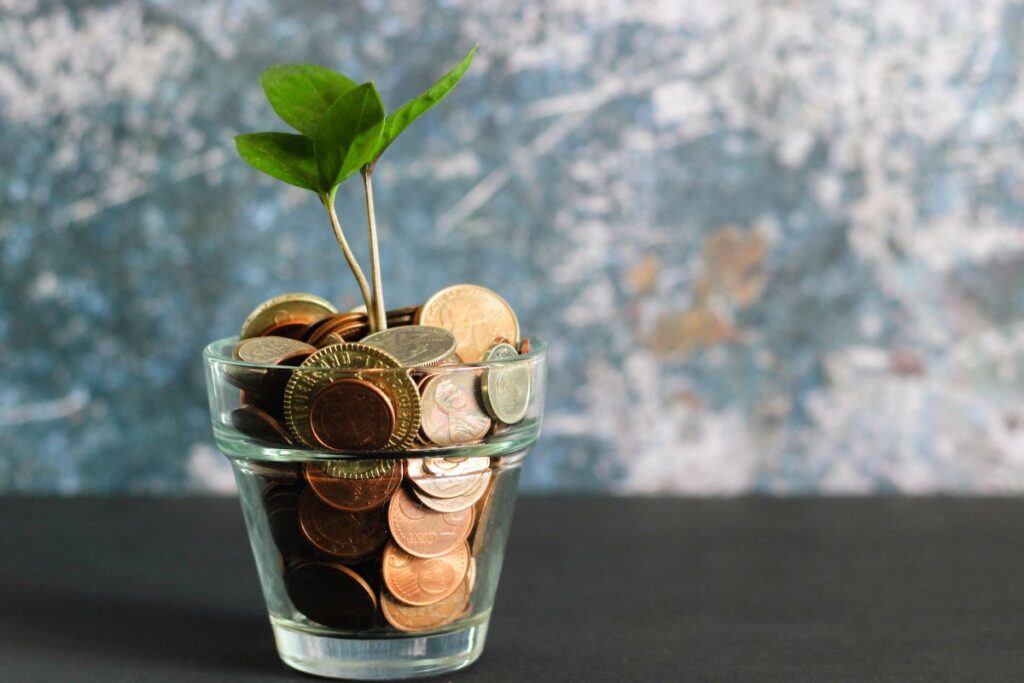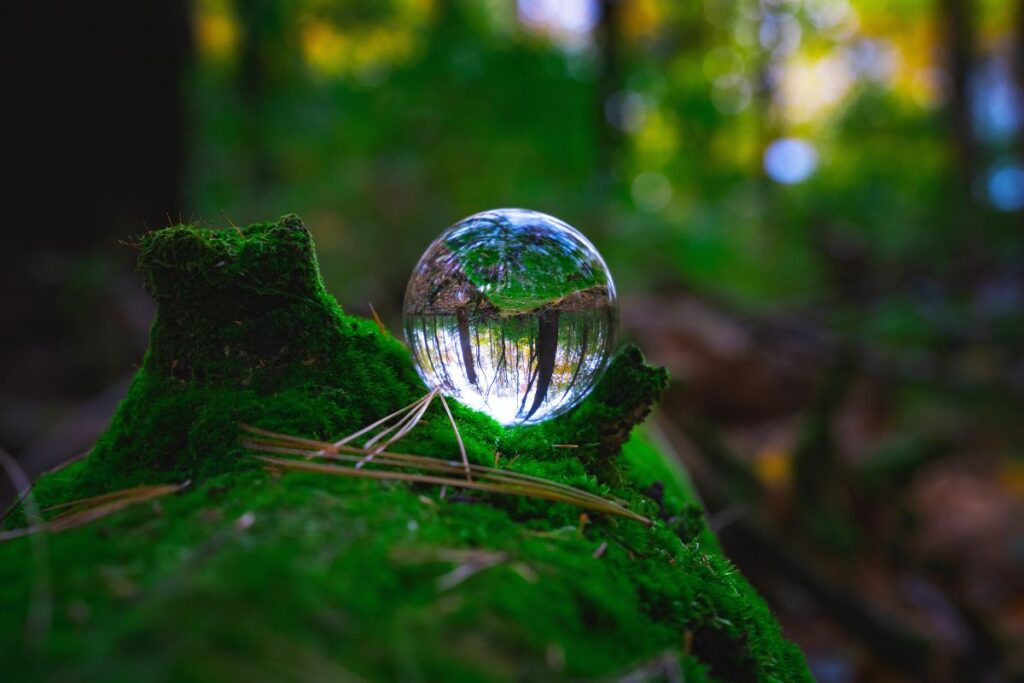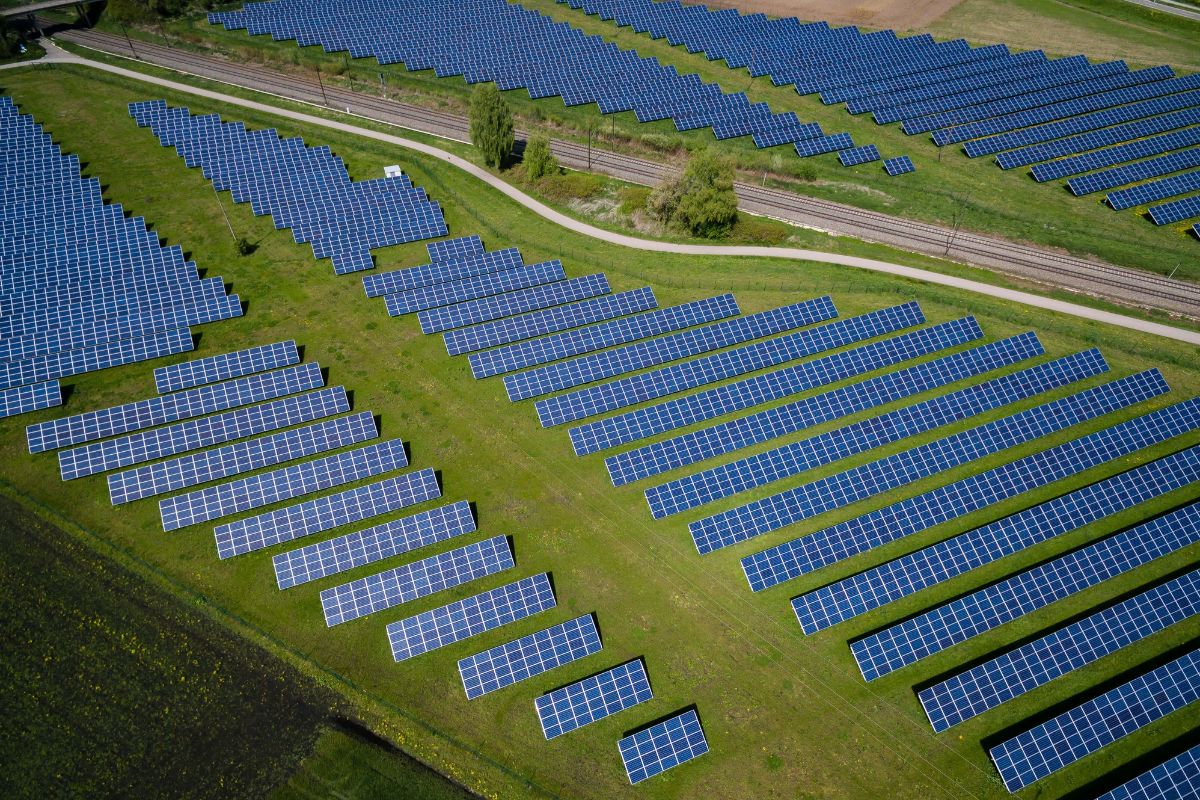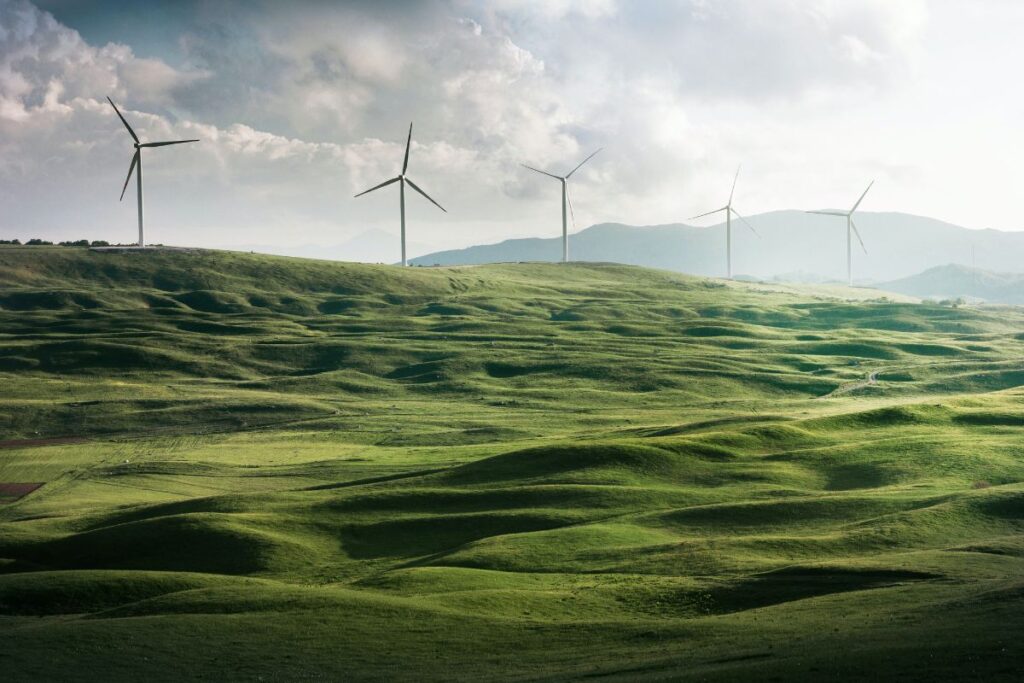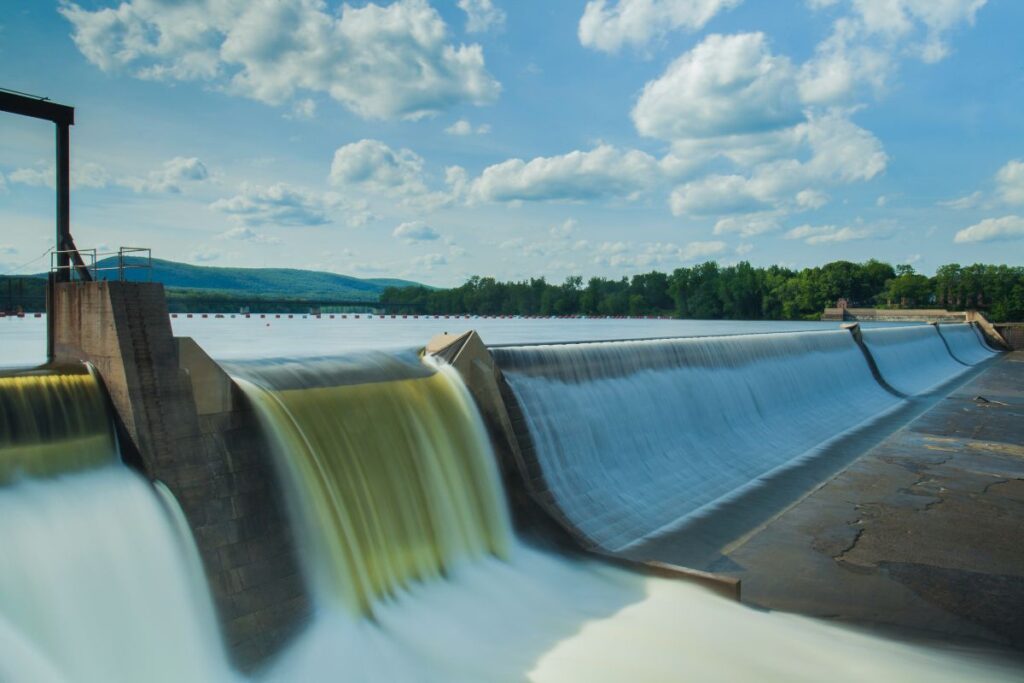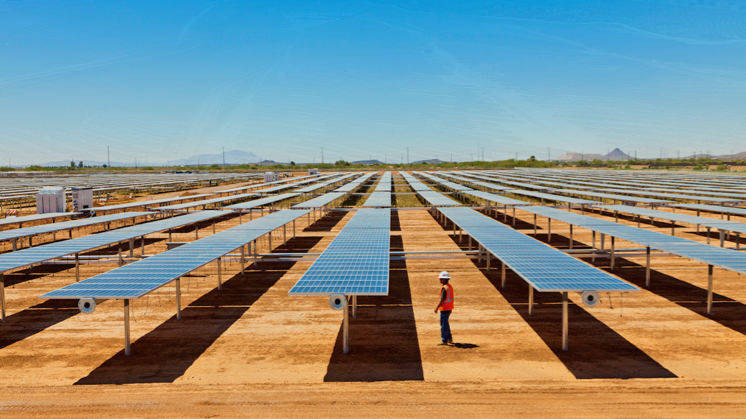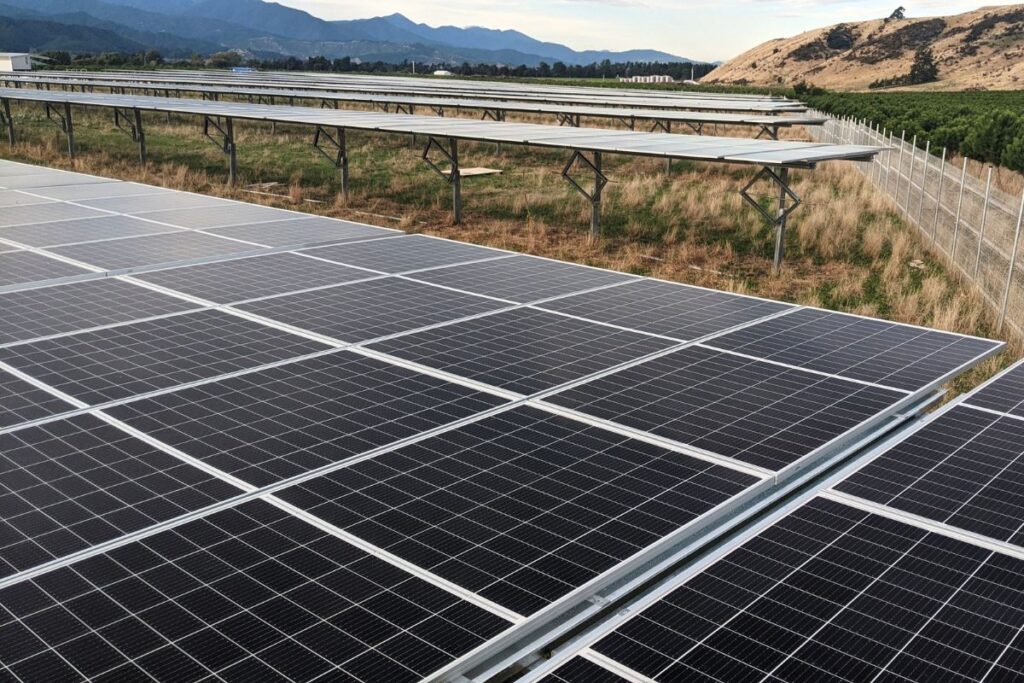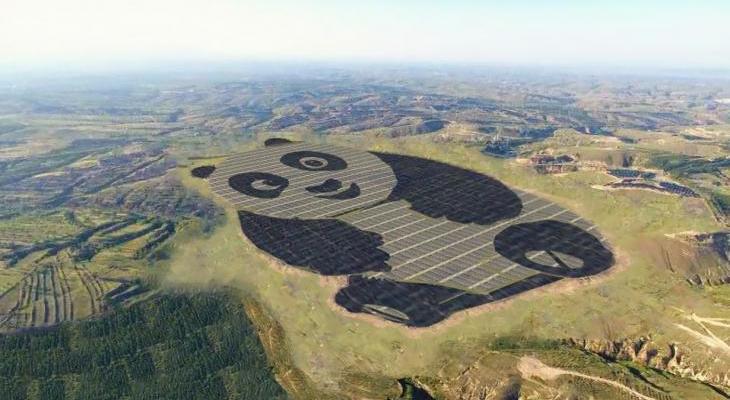Renewable energy is a great way to help the environment and the economy but not everyone knows how to use it efficiently. A photovoltaic farm is of course a very beneficial solution, still it is definitely more worthwhile to combine it with energy storage. For this reason, we give you some tips so that you can consciously and appropriately store solar energy produced on a photovoltaic farm.
What is energy storage and how it works?

It is a separate device that forms part of a photovoltaic installation. Energy storage is used to store clean, environmentally friendly energy. In other words, the energy storage allows us to recover the excess electricity produced by our installation and use it at any time or sell it.
There are many types of energy storage so everyone can find the best solution.
Why is energy storage on a farm so important?
The answer is simple. Energy storage can perform a variety of important functions – not only storing energy for later sale, but also controlling connection power, improving the characteristics of DSO-friendly current and stabilizing the grid.
Storing solar energy on a farm is a simple solution that requires an initial investment. Still it brings many benefits from the first day. The more we know about this kind of solution, the more advantage of the opportunities that modern technology offers us we take.



